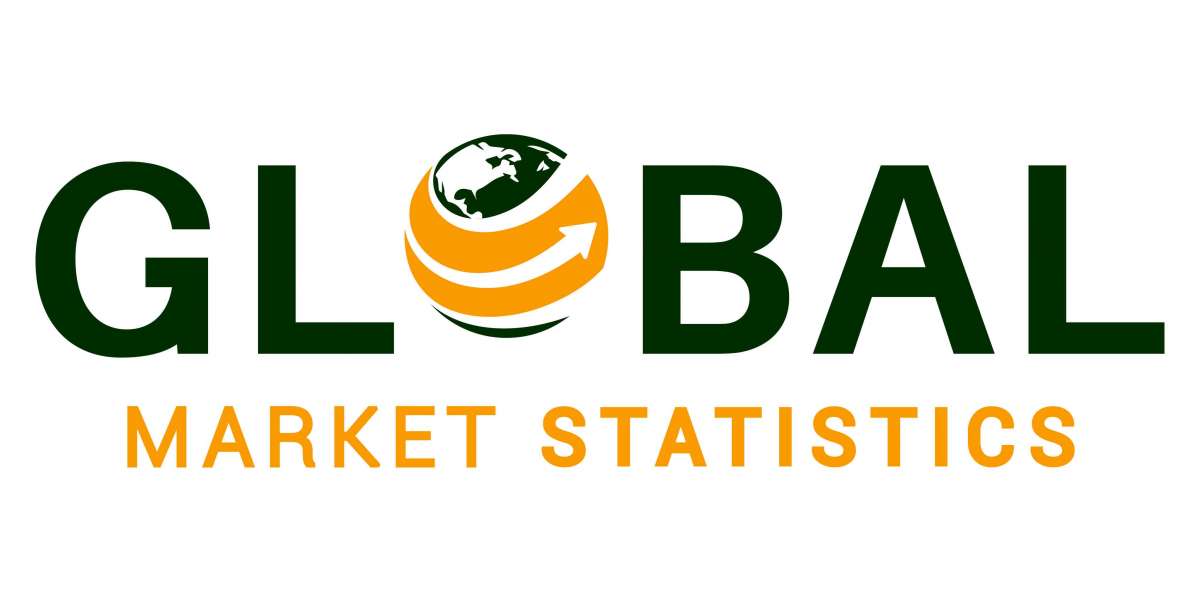New Potency Labeling Aims for Clarity and Safer Use:
In a significant move for patient safety and education, regulatory bodies like the UK's MHRA (Medicines and Healthcare products Regulatory Agency) have implemented new potency labeling requirements for topical corticosteroid preparations. As reported in November 2024, these updates mandate that all products be clearly labeled on the container, packaging, and patient information leaflet with their potency: mild, moderate, strong, or very strong. This initiative aims to help patients use products appropriately and empower clinicians to provide clearer advice, especially when multiple topical corticosteroids are being used on different body areas. The goal is to mitigate severe adverse effects reported, rarely, upon stopping treatment, often after long-term continuous or inappropriate use of moderate to high potency preparations.
NIH Research Sheds Light on Topical Steroid Withdrawal (TSW):
One of the most impactful developments in recent months has been groundbreaking research from the National Institutes of Health (NIH) that is finally bringing scientific clarity to Topical Steroid Withdrawal (TSW). Studies published as recently as March and May 2025 have identified TSW as a distinct condition separate from eczema, which was historically difficult to differentiate.
NIH researchers have uncovered neuroinflammatory mechanisms in TSW-affected skin, revealing increased activity of nicotinamide adenine dinucleotide (NAD+). Crucially, a pilot study treated TSW symptoms with mitochondrial complex I inhibitors, namely metformin and berberine, with most participants reporting meaningful improvement. This research, if validated by larger studies, could lead to targeted treatment strategies and enhance patient counseling and clinical monitoring for TSW. The International League of Dermatological Societies (ILDS) also issued an updated position statement in March 2025 on the safe and appropriate use of topical corticosteroids, directly addressing concerns around TSW and misuse in skin-bleaching products.
Topical Corticosteroids Remain First-Line, New Combinations Emerge:
Despite the concerns surrounding TSW, topical corticosteroids remain the first-line treatment for chronic inflammatory conditions such as atopic dermatitis (eczema) and psoriasis. Their anti-inflammatory action effectively reduces redness, swelling, and itching.
New combination therapies and formulations are also emerging. While not a new topical corticosteroid itself, the FDA approved Nemluvio (nemolizumab-ilto) in December 2024 for moderate to severe atopic dermatitis, specifically for use in combination with topical corticosteroids and/or calcineurin inhibitors, underscoring the continued foundational role of TCS in treatment regimens. Additionally, innovations in drug delivery, such as nanoformulations and mucoadhesive polymer patches, are being explored to enhance the efficacy and safety profile of topical corticosteroids by improving skin penetration and localized drug release.
The global corticosteroids market, including topical formulations, is projected for steady growth, driven by the rising incidence of chronic skin conditions. The segment for skin allergies is expected to be a major contributor, reaching over USD 3 billion by 2032. This growth, however, will be increasingly shaped by a stronger emphasis on responsible prescribing, comprehensive patient education, and continued research into safer and more precise application.








